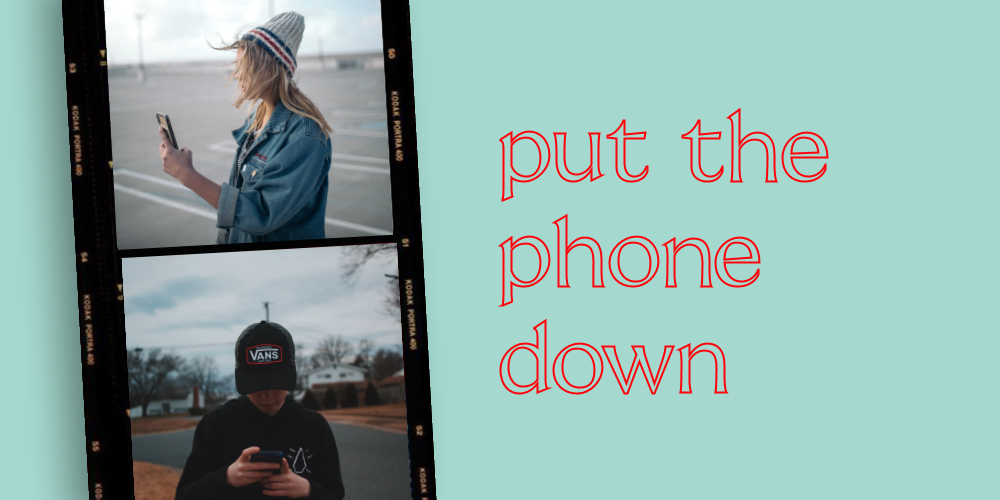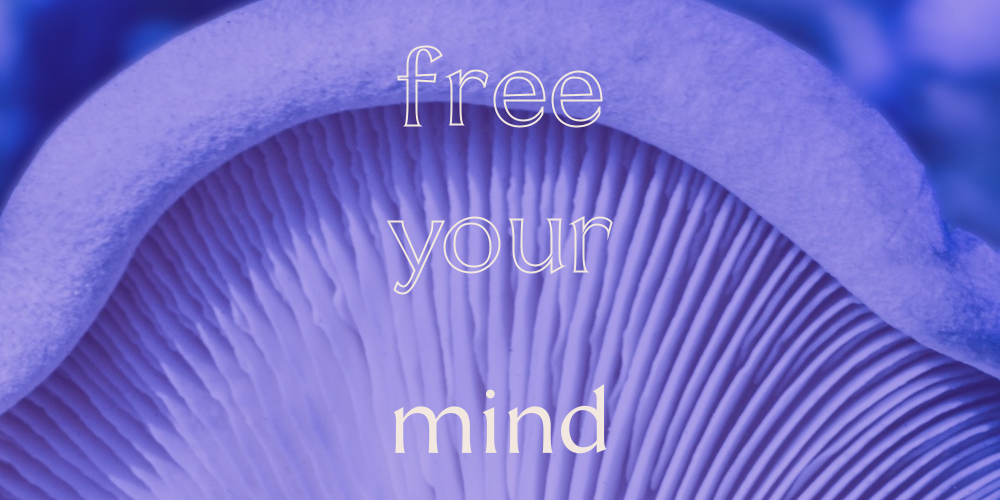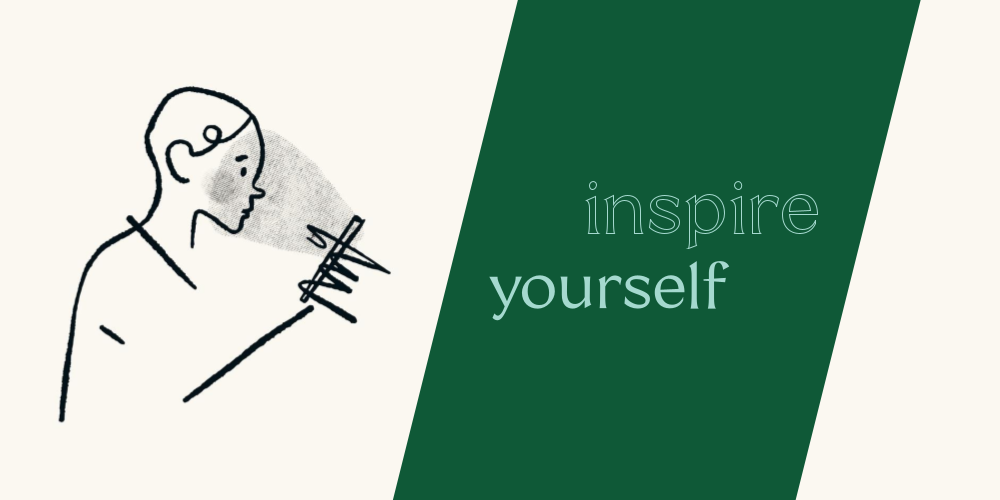
How a digital detox can boost creativity
If you’re feeling a lack of creativity, a block or burnout chances are the answer is in the palm of your hand.
Our smartphones were once promised to revolutionize the way we create. The teams at tech companies like Apple or Facebook, for example, will boast the creativity and productivity benefits of their apps. Our ability to do more has significantly increased. We multi-task, communicate and divert our attention more than ever before. On average, adult social media users spend over two hours per day on these services. Add in COVID-19 and the new pressures of working from home and it’s easy to lose time on our phones or computers.
Novel ideas need space to think. Space to let the input percolate. Space to develop divergent thoughts and come up with creative solutions. As creatives, our primary and most important resource is our brains and knowledge. Yet, most organizations and individuals are terrible at managing this resource. It’s no secret that the availability of quick messaging leaves teams distracted. Slack, Teams, email, social media and more all break our focus. This constant communication in turn leaves little room for the deep work tasked of us.
In his book Digital Minimalism: Choosing a Focused Life in a Noisy World, Cal Newport examines how our digital tools challenge our focus. He says, “If you’re wearing headphones, or monitoring a text message chain, or, God forbid, narrating the stroll on Instagram — you’re not really walking, and so you’re not going to experience this practice’s greatest benefits”. This state of multitasking distracts us away from the benefits space to think. When our minds are full of input and media there is little time left for the creative process to work its magic. To harness our creativity we’ll need to develop a practice of mastering our technology (instead of our technology controlling us).
Enter the digital detox — a concept where you purposely take a break from technology or apps. There are many forms of digital detoxes. Some are very extreme and ideal for those in need of a serious intervention. Others are more manageable for those that want to try it out without interrupting daily life. We’ll get into two examples of the more moderate versions.
Digital detox light: managing notifications & distractions
For many Millenials or Gen Z, the thought of not having your phone within arms reach is daunting. Common thoughts are “what if there’s an emergency?” or “I’m not addicted” or “I need my phone” and so on. Yet, the effects are alarming. There is a reported increase in anxiety and depression linked to smartphone use and social media. As well, our cognitive functions deteriorate due to distractions and notifications. Greater control over our smartphone use is necessary for our health.
To better dedicate time to our passions, creativity and craft, we need to see where our time is being spent. When we take away time spent sleeping, working, and eating we’re left with about 7 hours left to ourselves. Remove any time for other responsibilities such as childcare, household care, physical care, etc and we have about 2–3 hours a day left. What would you do with an extra 2–3 hours a day? I doubt the top of that list would include scrolling your Instagram feed.
A digital detox light is about creating small breaks in your day away from distracting apps or notifications.
When you determine when and how much time you’ll spend on your phone you create agency over your time. Take control back. Don’t leave your precious time left to the hands of Silicon Valley. You have one life.
Smartphones now offer tools to manage notifications and screen time. Some even calculate how long we spend on our phones. We’ve linked some of these tools at the bottom of this article. A digital detox light would leverage these tools to manage your screen time. When you determine when and how much time you’ll spend on your phone you create agency over your time. Take control back. Don’t leave your precious time left to the hands of Silicon Valley. You have one life.
Here are a few suggestions to get you started:
-
First thing in the morning & last thing at night belongs to you, not your phone. Leave your phone outside the bedroom. Get an alarm clock.
-
While at work, your notifications are off except for text messages & phone calls. Respond only to what is urgent.
-
Allow yourself at least one hour after work without your phone or any screen. Eating dinner or doing chores does not count as phone-free time. Other non-phone activities can include reading, going for a walk, a sport, a hobby to name a few.
A day without screens is daunting for anyone. Yet, like anything, with planning it is not as daunting as it seems.
Weekly digital detox: screen-free Saturdays
Dedicating one whole day a week without using a screen can sound wild and a bit like a regression to most. Though it doesn’t have to be. With a little planning ahead, this day can be productive and restorative. This isn’t to say that all technology is off. Nor does anyone expect you to become a Luddite; far from it. To dedicate one day per week free from screens provides clarity of mind. This is necessary so that when you return to technology, you’re doing so with purpose and with something in mind.
A day without screens is daunting for anyone. Yet, like anything with planning, it is not as daunting as it seems.
The first thing to do is to plan for how you will use your phone for its original purpose — phone calls. Calling loved ones and yes, having a line to use in case of an emergency are very real and positive uses for your phone. Mindlessly scrolling social media is not. Get familiar with your settings and turn off wifi & mobile data for the day. This allows you to still make phone calls. While you’re at it, let those close to you know your plans. So, if you’re not responding via any social messenger service, they’ll understand why and how to reach you.
Next, plan for what you’ll do that day. Going into a day without your phone is a recipe for boredom or that anxious withdrawal feeling. Plan activities with loved ones, projects, hobbies, books or magazines you want to read. Is there an event you want to attend? Download a podcast or album you want to listen to for offline use. Make time for all the things you’ve been wanting to do but always find that you never have enough time to do.
Prepare what you’ll need ahead of time. If you want to check out a new restaurant, for example, write down the directions on how to get there. Look up the store hours for the magazine shop you plan to visit. Is there a book at the local library you want? Place that on hold ahead of time. You get the picture. Think through the steps where you’ll need a screen, and do those steps ahead of time.
How does this boost creativity?
Think of where or when you do your best thinking. Do ideas come to you exactly as scheduled and planned in your calendar? Do you find yourself having an “a-ha” moment in the shower? What about when you’re sleeping? Do you find that your best ideas come to you in a dream? Chances are creative ideas arrive when you least expected. This is especially true when you’re not focused on the item itself. With space to think, your brain can process all the information taken in during the day. Digital distractions rob us of the opportunity to think. More so, our social media and news feeds are constantly seeking attention without the chance to process. That processing is a vital component of the creative process. It’s where our brains process new information we can then use to form new connections and novel ideas.
Our smartphones enable us to connect, to create and to share unlike any other medium or tool in history. Unfortunately, it was also designed to keep us looking at it. Our eyes and attention are equal to profits in the hands of businesses other than your own. When we flip the script and control our smartphone use we open up more time to create. Whether it’s a few hours per day or one day per week, every little bit counts. Creativity is our most basic human skill and one that cannot be optimized for. Giving it the time and space to grow is necessary for unique ideas to come to life.
Tools


